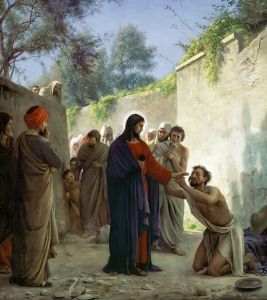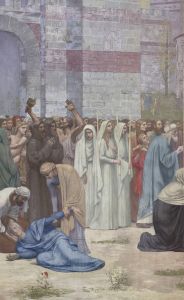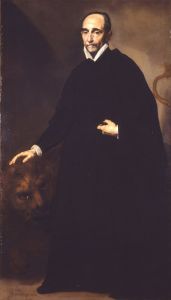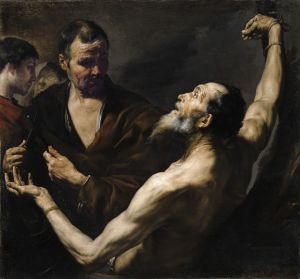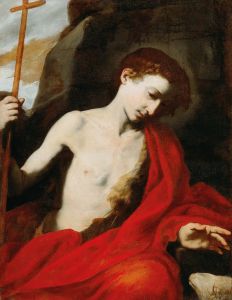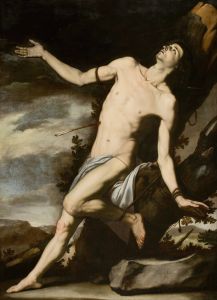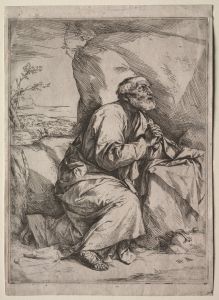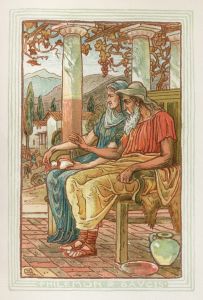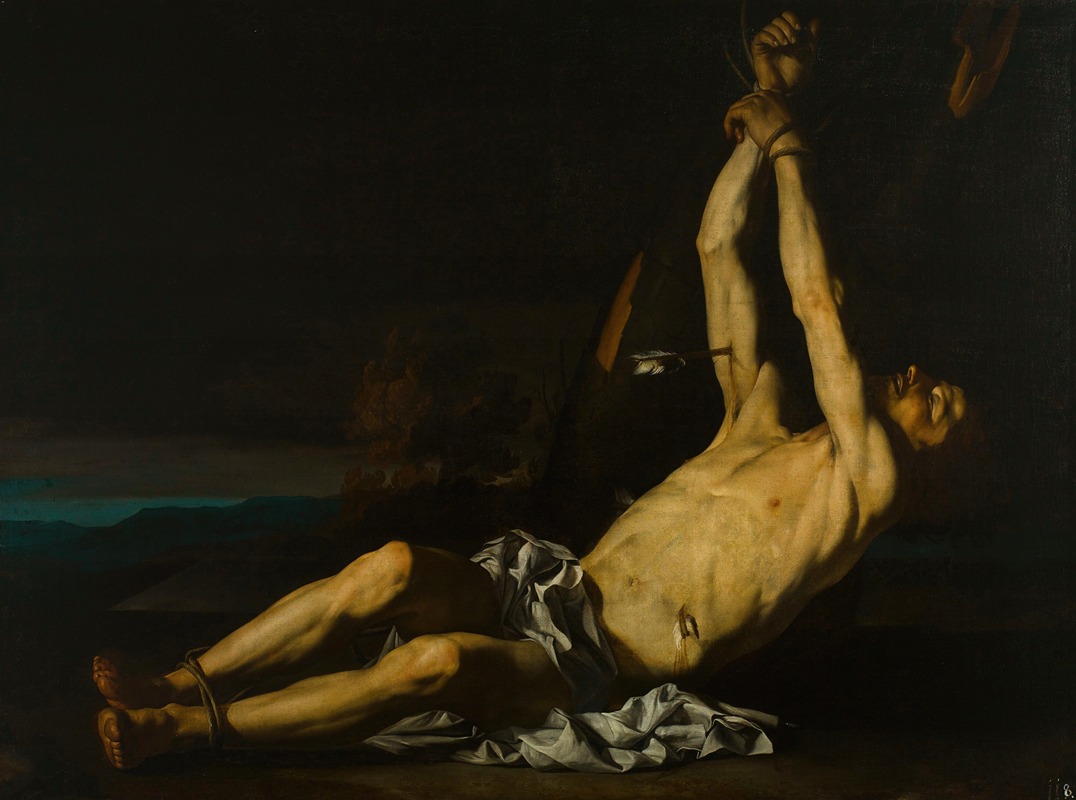
Martyrdom of St. Sebastian
A hand-painted replica of Jusepe de Ribera’s masterpiece Martyrdom of St. Sebastian, meticulously crafted by professional artists to capture the true essence of the original. Each piece is created with museum-quality canvas and rare mineral pigments, carefully painted by experienced artists with delicate brushstrokes and rich, layered colors to perfectly recreate the texture of the original artwork. Unlike machine-printed reproductions, this hand-painted version brings the painting to life, infused with the artist’s emotions and skill in every stroke. Whether for personal collection or home decoration, it instantly elevates the artistic atmosphere of any space.
The "Martyrdom of St. Sebastian" is a painting by the Spanish Baroque artist Jusepe de Ribera, also known as José de Ribera. Ribera was born in Játiva, Spain, in 1591 and spent most of his career in Italy, where he became a prominent figure in the Neapolitan school of painting. He is known for his dramatic use of chiaroscuro and his realistic depictions of human suffering, which are evident in this work.
The painting depicts the martyrdom of Saint Sebastian, a popular subject in Christian art. According to tradition, Saint Sebastian was a Roman soldier who converted to Christianity and was subsequently sentenced to death by being tied to a tree and shot with arrows. However, he survived this initial execution attempt and was later clubbed to death. Ribera's painting captures the moment of Sebastian's suffering, emphasizing his physical torment and spiritual resilience.
In "Martyrdom of St. Sebastian," Ribera employs his characteristic tenebrism, a technique that uses stark contrasts between light and dark to create a dramatic effect. The figure of Saint Sebastian is illuminated by a strong light source, which highlights his muscular form and the arrows piercing his body. The background is shrouded in darkness, drawing the viewer's attention to the saint's agonized expression and the tension in his body.
Ribera's attention to anatomical detail and his ability to convey intense emotion are evident in this work. The saint's contorted pose and the realistic depiction of his wounds evoke a sense of empathy and horror. The painting also reflects Ribera's interest in the human condition and his ability to portray the physical and psychological aspects of suffering.
The "Martyrdom of St. Sebastian" is housed in the Museo del Prado in Madrid, Spain. The Prado is one of the most important art museums in the world, and it holds an extensive collection of European art, including many works by Ribera. This painting is considered one of Ribera's masterpieces and is a significant example of his mature style.
Ribera's depiction of Saint Sebastian differs from other artists' interpretations of the same subject. While some artists, such as Guido Reni and Peter Paul Rubens, portrayed Sebastian as an idealized, almost serene figure, Ribera chose to emphasize the brutality of his martyrdom. This approach aligns with Ribera's broader artistic vision, which often focused on the darker aspects of human experience.
The painting's composition, with its dramatic lighting and intense emotional impact, exemplifies the Baroque style, which sought to engage viewers through dynamic movement, vivid contrasts, and emotional depth. Ribera's work had a significant influence on later artists, particularly those in the Spanish and Italian Baroque traditions.
In summary, Jusepe de Ribera's "Martyrdom of St. Sebastian" is a powerful and moving depiction of the saint's suffering and resilience. Through his masterful use of light and shadow, anatomical precision, and emotional intensity, Ribera creates a work that continues to resonate with viewers and stands as a testament to his skill and artistic vision.





